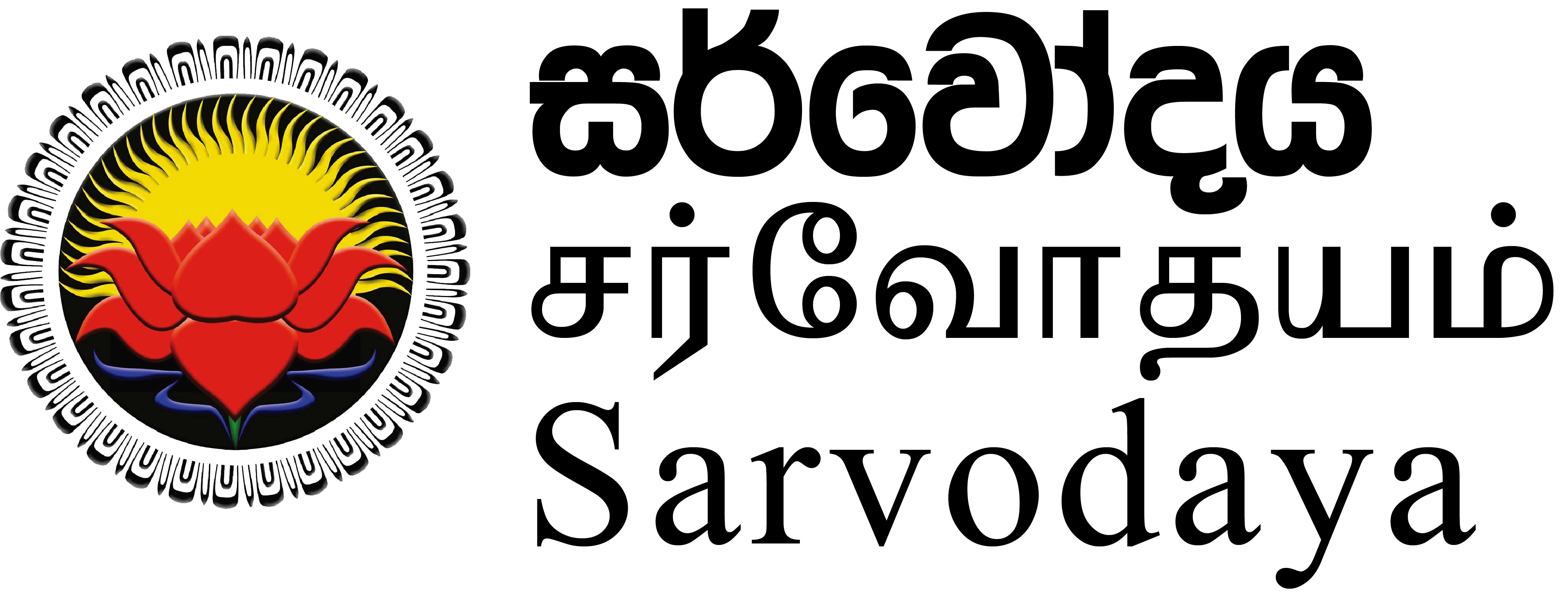
Our History
2008-Present
Sarvodaya’s 6th Decade Focused on Strategic Institutionalisation
Sarvodaya’s 6th decade instead focused efforts on strategic institutionalisation and economic and political empowerment. Following the outbreak of the COVID-19 pandemic in December 2019, Sarvodaya launched a multi-pronged response, including an internal organization-wide response, community awareness initiatives, monitoring and planned responses in collaboration with District Coordinators, and joint efforts with Government. Later in July 2023, The Artha Dharma initiative was launched. Capitalizing on Sarvodaya’s work for spanning across nearly 15,000 villages in the country, Artha Dharma aims to promote economic independence, build social capital, harness the power of people, foster decentralized systems, enhance resilience, and empower communities at the grassroots level and beyond through value-based standards.
1998-2007
Indian Ocean Tsunami in December 2004
Following the Indian Ocean Tsunami in December 2004 and subsequent immediate relief efforts, Sarvodaya started its medium-term and long-term rehabilitation plans towards re-building the nation under the theme of ‘Tsunami to Deshodaya (awakening the nation)’, stressing the need of concrete actions to rebuild the devastated areas and lives. In 2008, the Deshodaya Programme was formalized, which aimed to better address ethnic tensions and head towards a more rights-based approach through establishing and strengthening existing Deshodaya committees at the ground level. In response to the massive displacement of people in the North during the end of the civil war in 2009, Sarvodaya through its district centres in Vavuniya, Mannar, Jaffna and Padaviya, rallied the support of a large number of donors to aid the thousands of displaced families, as well as providing and improving water and sanitation services in IDP sites.
1988-1997
5R Emergency Response Process
The momentum of the Movement was such that by the early 1990s, in spite of harassment by the government and political violence, Sarvodaya had achieved an enormous outreach. Activities now included peace building, conflict resolution, appropriate technology, and programmes for children at risk, elders, and those with disabilities all the while focusing on a holistic approach to social mobilisation through empowerment of people beyond mere economic development. In 1995, the by then well-established 5R emergency response process (Relief, Rehabilitation, Reconciliation, Reconstruction and Reawakening) was officialised into the Disaster Management Unit.
1978-1987
Support from Partner Organisations in more Prosperous Countries
By the late 1970s, the Sarvodaya Movement, with support from partner organisations in more prosperous countries, became capable of reaching nearly every part of Sri Lanka. The Grama Swarajya notion or Village Self-Governance had also become more mainstream by the third decade, and the network of Sarvodaya Shramadana Societies at the Grassroots level continued to flourish rapidly.
1968-1977
Dr. A. T. Ariyaratne received the Ramon Magsaysay Award
In 1969, Dr. A. T. Ariyaratne received the Ramon Magsaysay Award for Community Leaderships in recognition of Sarvodaya’s activities in the first decade, and by 1970, the Movement had grown to cover over 200 villages, with additional District and Regional Centres. In March 1970, as a result of a resolution adopted at a Sarvodaya village leaders’ conference consisting of Gramodaya council members, an Alliance of Sarvodaya Villages was founded. The alliance aimed to, among other policy and human rights matters, conduct community leadership enrichment programmes in which villages could mutually help and benefit from one other through exchanges of experience and information. Sarvodaya was subsequently incorporated by Act of Parliament in 1972.
1958-1967
The Beginning
Sarvodaya started with Dr. A.T. Ariyaratne’s community development activities in a remote, impoverished village known as Kanatoluwa in 1958. The word Shramadana had a magical effect, and in effect the Shramadana activities gained traction far faster than expected. Between 1958 and 1966, more than 300,000 volunteers were mobilized to hundreds of rural sites to participate in the Sarvodaya Shramadana Camps, and the Movement had achieved Charitable status by 1965. At the Annual Conference of the Movement in 1966 in which discussions on how to best celebrate the Mahatma Gandhi’s Birth Centennial were held, the Gramodaya ‘100 Villages Development Scheme’ was first proposed and then passed in 1968, and steps were subsequently taken to select 100 villages in such a way as to get them evenly distributed within the 22 Revenue Districts of the island, averaging five villages per district.
